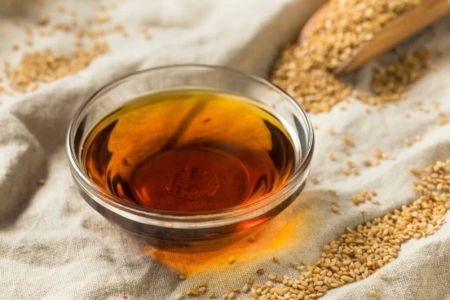Classic Chinese Chow Mein Recipe: The Ultimate Guide to Making Authentic Stir-Fried Noodles
- Choosing the Right Noodles for Your Chow Mein
- Preparing Your Ingredients for Classic Chinese Chow Mein
- Cooking the Perfect Chow Mein: A Step-by-Step Guide
- Tips and Tricks to Elevate Your Chow Mein
- How to Serve and Enjoy Classic Chinese Chow Mein
- Why Chow Mein Is a Must-Try Dish for Home Cooks
1. Choosing the Right Noodles for Your Chow Mein
When it comes to making a classic Chinese chow mein, the type of noodles you choose plays a pivotal role in achieving the perfect dish. Authentic chow mein is made with either fresh or dried egg noodles. These noodles have a slightly chewy texture, perfect for stir-frying and absorbing the savory sauces used in the dish.
For the best results, you’ll want to find noodles labeled specifically as "chow mein" noodles, as they are designed for stir-frying and will give you that crispy, golden texture. You can find these at most Asian supermarkets or online retailers. If fresh noodles aren't available, dried egg noodles are a great alternative and will yield a similar texture when cooked properly.
2. Preparing Your Ingredients for Classic Chinese Chow Mein
To make the best chow mein, fresh ingredients are key. Start by selecting your protein. Traditional chow mein is often made with chicken, beef, shrimp, or even tofu for a vegetarian option. The protein should be thinly sliced to ensure even cooking and tenderness.
Next, choose your vegetables. Classic chow mein features crunchy vegetables like bell peppers, carrots, cabbage, and onions. These should be sliced thinly so they cook quickly and evenly. You can also add bean sprouts for extra crunch and a touch of freshness.
Don't forget the seasoning! A combination of soy sauce, oyster sauce, and sesame oil will give your chow mein its signature umami flavor. You can also add a pinch of sugar to balance the savory notes and give the dish a hint of sweetness.
3. Cooking the Perfect Chow Mein: A Step-by-Step Guide
Once you have your noodles and ingredients prepped, it’s time to start cooking. Begin by heating a wok or large skillet over medium-high heat and adding a small amount of oil—preferably vegetable oil or peanut oil, which have a high smoking point.
First, cook your protein in the hot pan. It should only take a few minutes for it to brown and cook through. Once cooked, remove it from the pan and set it aside.
Next, add a bit more oil if necessary and stir-fry your vegetables. Start with the firmer vegetables like carrots and bell peppers, and add the softer vegetables like cabbage and bean sprouts later. Stir-fry everything until just tender but still crisp.
Now, it’s time to add the noodles. If using fresh noodles, simply add them directly to the wok. For dried noodles, make sure to cook them separately according to the package instructions before adding them to the pan. Toss everything together, adding your soy sauce, oyster sauce, and a little sesame oil to taste. Stir-fry the mixture for 2-3 minutes to allow the flavors to meld together.
4. Tips and Tricks to Elevate Your Chow Mein
To take your chow mein to the next level, consider these tips:
- High Heat: Stir-frying at a high temperature ensures your noodles get that signature crispy texture. Don’t overcrowd the pan, as this can lower the temperature and prevent the noodles from crisping up.
- Adding Crunch: For an extra layer of texture, sprinkle some toasted sesame seeds or chopped peanuts on top just before serving.
- Flavor Variations: Experiment with different sauces or marinades. Adding a dash of hoisin sauce or chili paste can give your chow mein a unique twist!
5. How to Serve and Enjoy Classic Chinese Chow Mein
Classic Chinese chow mein is often served as a main dish, but it can also be a great side for other Chinese favorites like dumplings, spring rolls, or fried rice. Once the chow mein is cooked, serve it hot directly from the wok or skillet for an authentic, rustic experience.
Garnish with some fresh green onions, sesame seeds, or a squeeze of lime for an added burst of flavor. The best way to enjoy chow mein is with a group of friends or family, sharing the dish straight from the pan for that communal, comforting feel.
6. Why Chow Mein Is a Must-Try Dish for Home Cooks
Chow mein is not only delicious but also incredibly versatile. Whether you’re cooking for a family dinner, a gathering, or just craving something quick and flavorful, this dish has you covered. It’s easy to customize to your taste, whether you want more protein, extra veggies, or a spicy kick. Plus, it’s a great way to use up leftover ingredients, making it a perfect choice for meal prep.
If you’re new to Chinese cooking or simply looking to expand your recipe repertoire, the classic Chinese chow mein recipe is a great place to start. The simplicity of the dish combined with the layers of flavor makes it a timeless favorite in households all over the world.
If you're eager to learn more about authentic Chinese recipes and get the best ingredients for your chow mein, visit [Chinese Food](https://www.gochinarose.com) for expert tips, ingredients, and products. With the right tools and tips, you can recreate your favorite Chinese dishes at home!


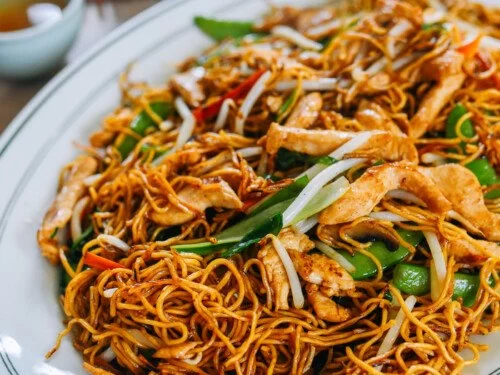
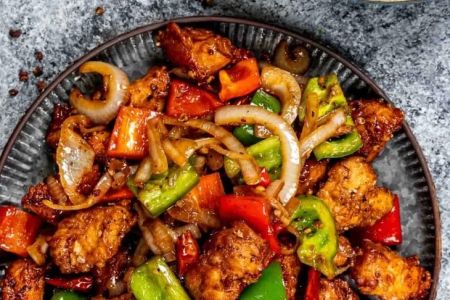
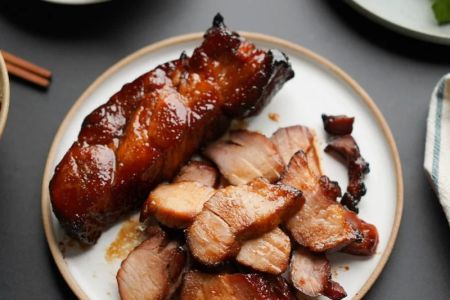
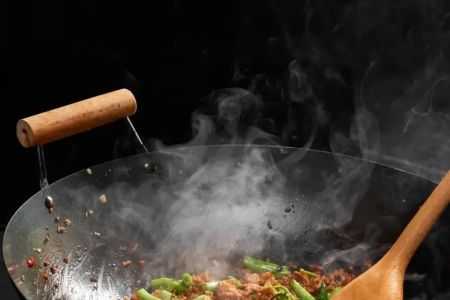
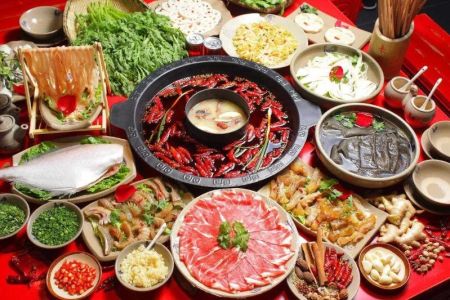
![Top Chinese Restaurants for Authentic Cantonese Cuisine in [Your City]](https://img.gochinarose.com/d33/2507/4157910400_450x300.webp)
